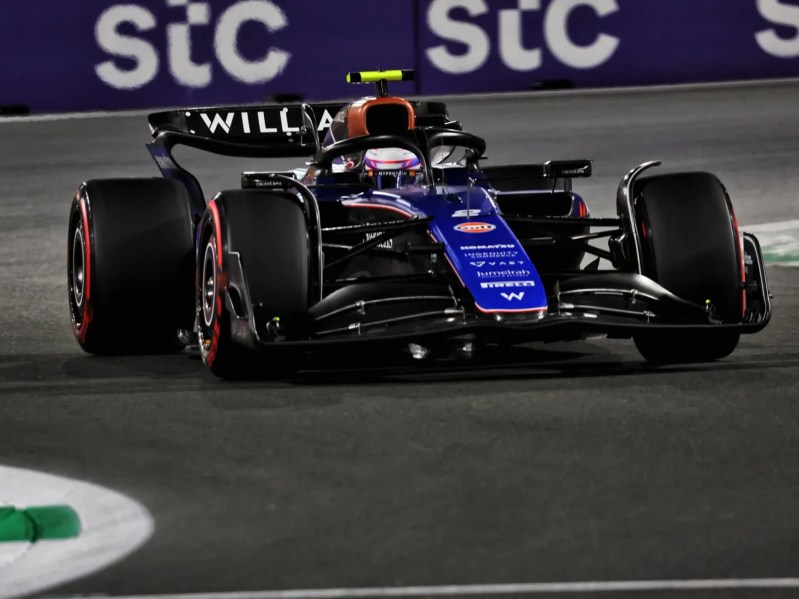
Formula 1 cars produce an incredible amount of horsepower. Watching them buzz around the track makes it easy to forget that each is an engineering marvel. F1 race car engines, or, to use the correct term, power units, produce prodigious amounts of energy, following specific and strictly enforced FIA F1 Regulations for technical, sporting, and financial matters.
F1 cars get the most possible from every element in their design and construction. Still, the first question fans often ask is, “How much horsepower do F1 engines have?” The simple answer for the 2024 F1 season is approximately 1,000 horsepower, but there’s much more to it.
Why F1 engine horsepower matters
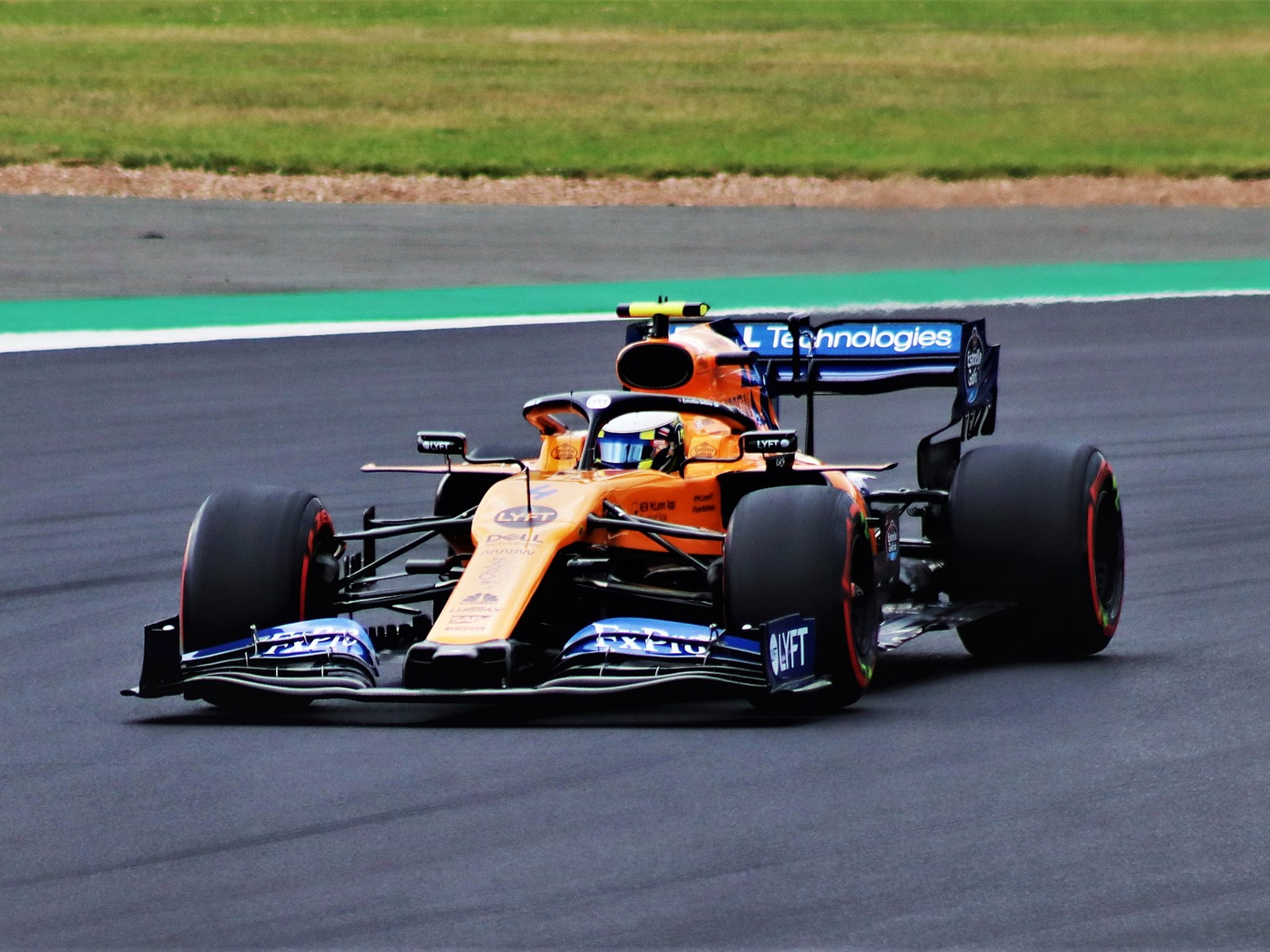
F1 teams spend hundreds of millions of dollars each season to participate in the pinnacle of motorsports. The primary purpose of the complex FIA regulations is to keep F1 Grand Prix races competitive, safe, and fair. The amount each team can spend developing and operating cars each season is capped to minimize the risk that team owners with the deepest pockets rule the sport.
With key elements carefully proscribed, F1 race cars are nearly identical. The most significant factor in winning F1 races is the drivers. Driver salaries, which are paid by each team, are not included in the annual spending caps.
The cars must be equally powerful because driver skill is supposed to determine who wins the races. With low-power engines, the sport would quickly become boring, which would lessen fan enthusiasm and reduce the flow of money from sponsors and TV viewing contracts that provide the bulk of the revenue that supports F1 racing. The basics of F1 race car engines are identical, which keeps the focus on driver performance.
F1 race car power unit components
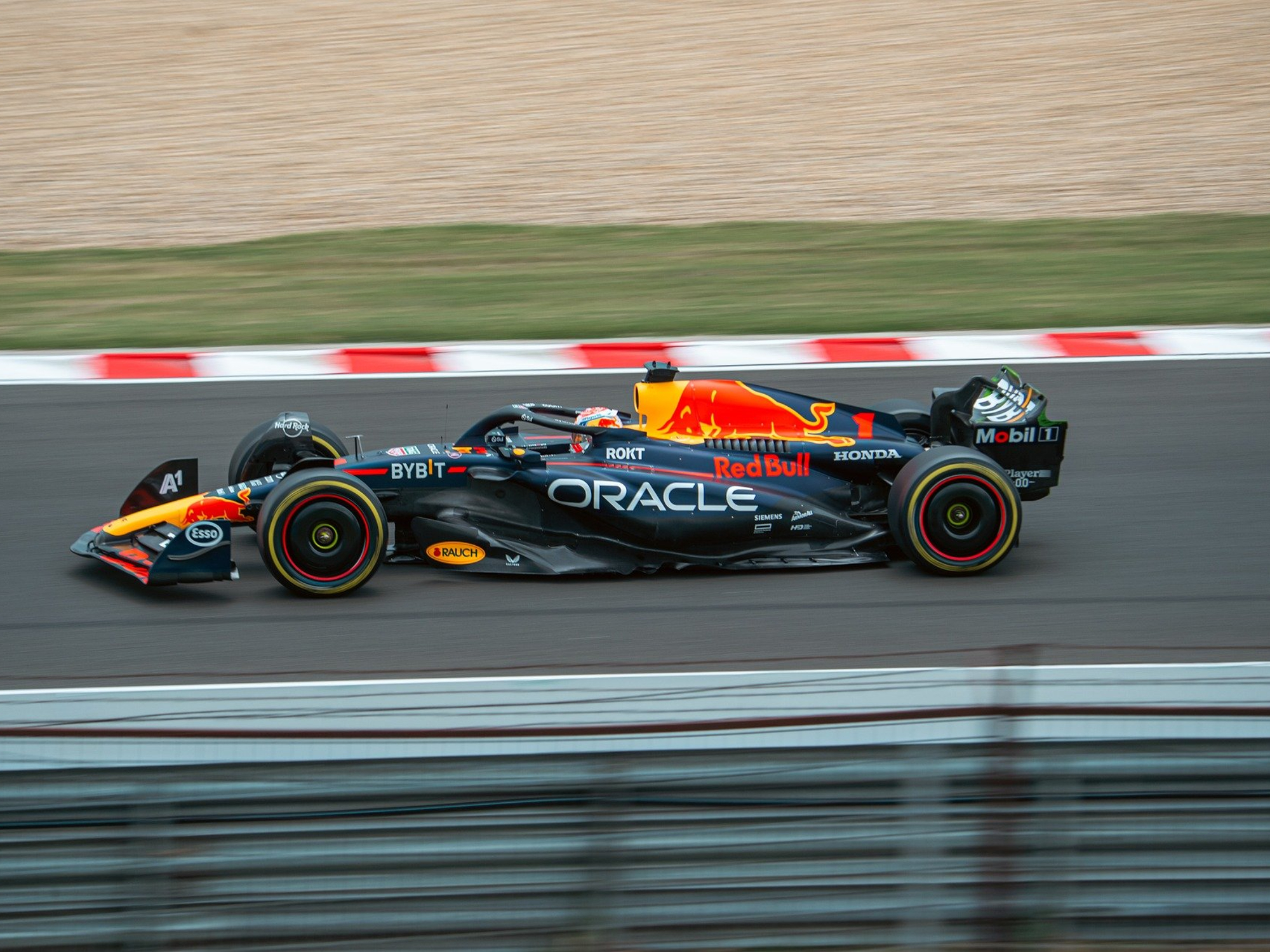
F1 race cars all have 1.6 liter turbocharged hybrid V6 internal combustion engines (ICEs). The engines produce 830 to 850 horsepower. Two energy generators, one that recaptures energy from heat and the other from movement (kinetic energy), produce an additional 160 horsepower stored in a battery for use in short boosts.
The additional electrical power source lasts only a short time, up to 33 seconds per lap at full boost power, but the heat and kinetic capture motors regenerate the energy rapidly. Therefore, a second answer to the total horsepower question is 850 horsepower most of the time, with as much as 1,000 horsepower for 33 seconds per lap.
Additional factors in F1 race car performance
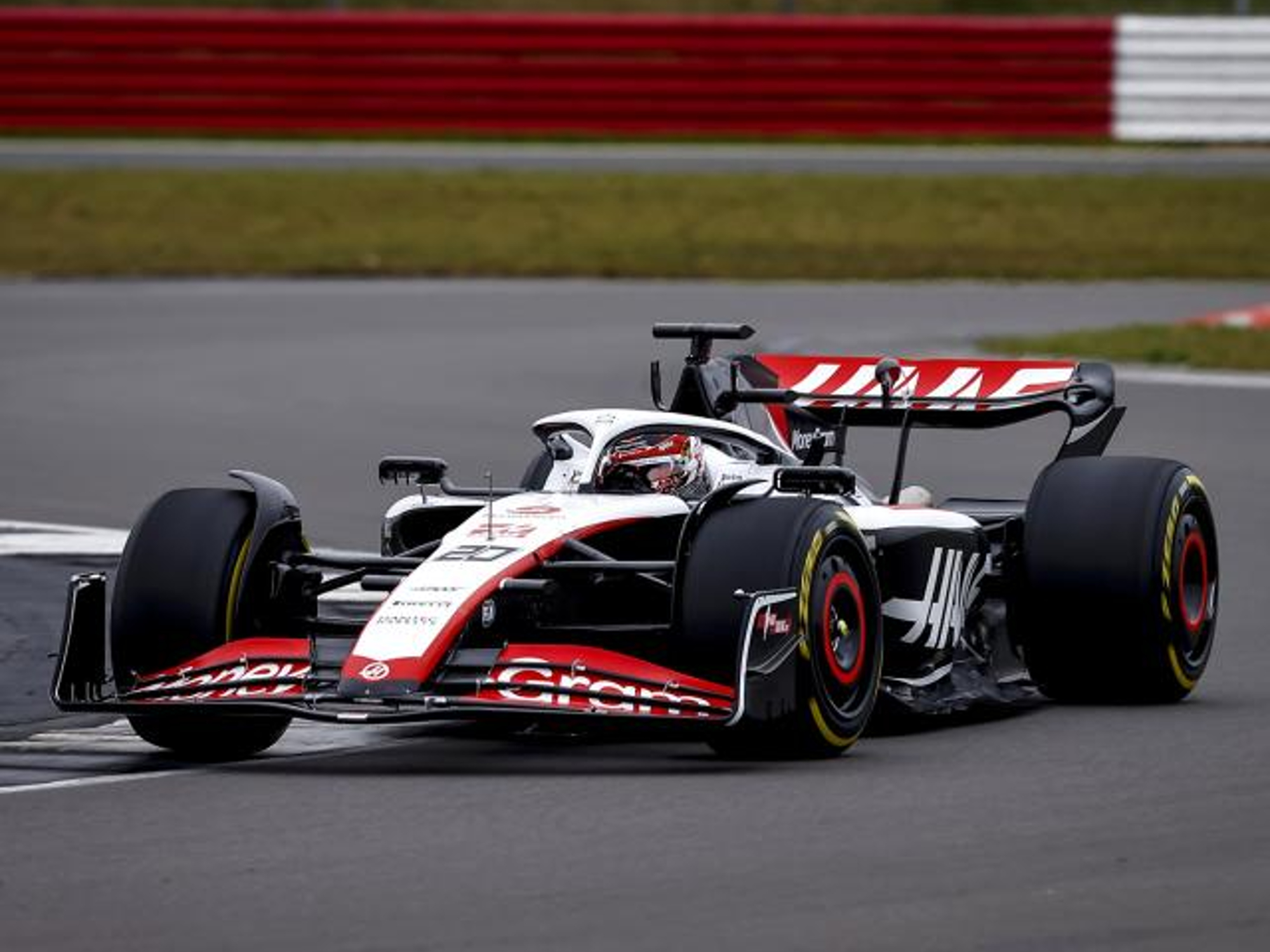
Other factors in F1 race cars enable drivers to use the power unit’s 850 to 1,000 available horsepower. The cars’ front and rear wings and other aerodynamic features add drag and resistance, creating huge amounts of downforce that keep the
Tires are another crucial element for F1 cars. Pirelli provides the tires for all F1 teams this season. During a race weekend, teams can choose from 13 sets of four soft, medium, or hard compound dry-weather tires, plus sets of full wet-weather tires and intermediate tires. Tire use is controlled, but teams can gain advantages with savvy tire choices for the Grand Prix qualifying competition and race.
F1 engines will change for 2026
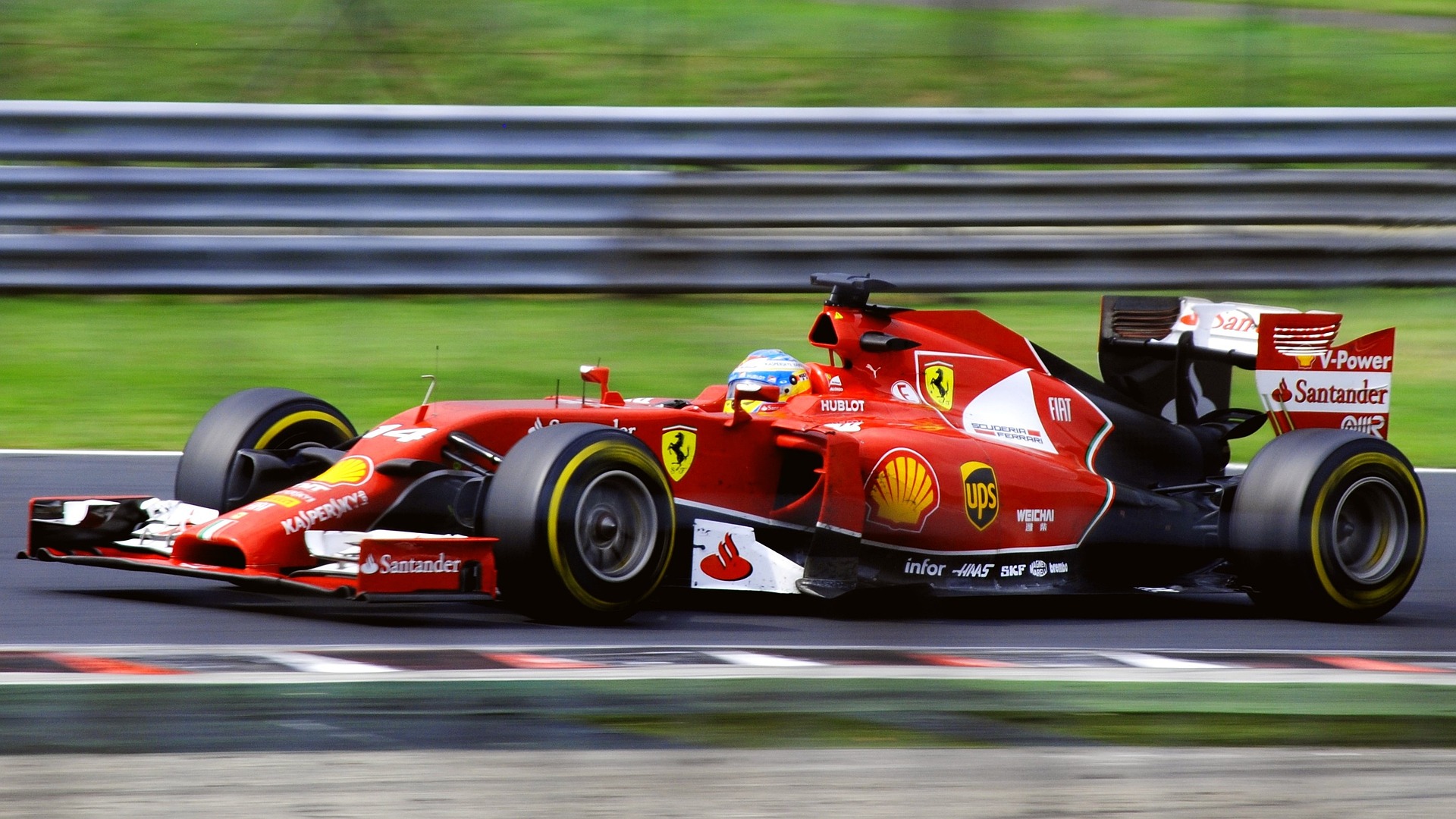
The FIA and the Formula One Group are committed to sustainability. Starting with the 2026 season, F1 cars will use biofuels only. They will be lighter, with a lower maximum weight than current



